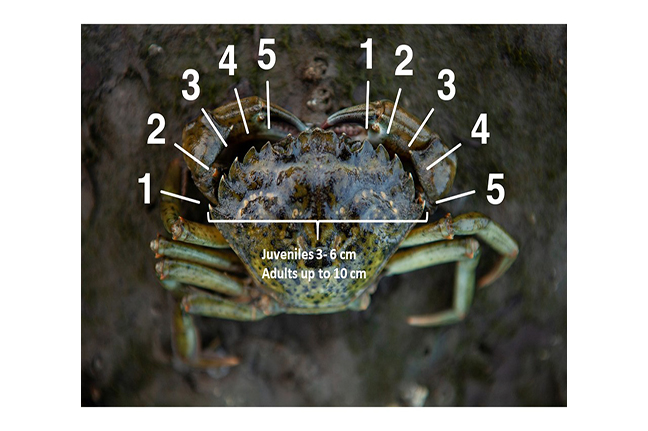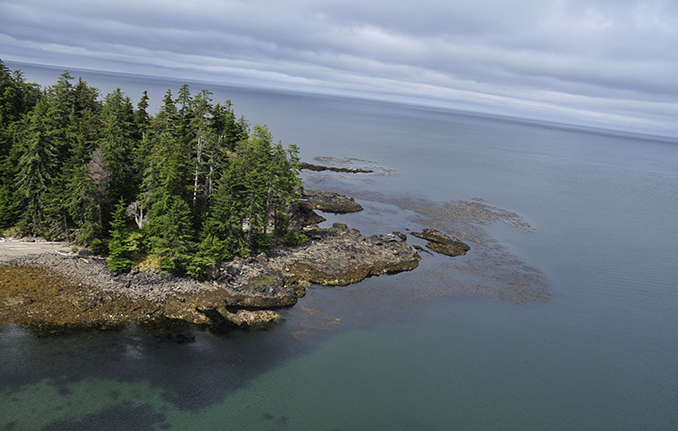Of herring and humpbacks
By Molly Clarkson –
Scientists presented their research on herring stocks in Gwaii Haanas June 24 at the Haida Heritage Centre. The research is part of the Ocean Tipping Points project, an international collaborative project with two case studies: one on herring in Gwaii Haanas and the other in the Humpback Whale National Marine Sanctuary in Hawaii.
An ‘ocean tipping point’ is a term describing when large changes in ecosystem structure may occur as a result of human activities or changes in environmental conditions. The researchers say that Haida Gwaii herring stocks have reached a critical tipping point signaled by their lack of recovery despite over a decade of commercial fisheries closures due to low stocks. The research they are doing aims to provide tools and information to assist in rebuilding herring stocks.
Researcher Adrian Stier spoke to his findings on ‘expert perspectives’ regarding the herring food web. He determined that herring experts, including elders, fishermen and scientists, have many different perspectives on how herring fit into the food web. However, when these perspectives were mapped it was determined that there were also many areas of overlap. For example, most experts had the belief that herring are an important food source for humpback whales. Taken together, these overlaps in expert opinion contribute to the understanding that herring play an important role in coastal food webs. Stier suggests that this information could be used to advance herring fishery management discussions.
Dr. Jameal Samhouri outlined the team’s second finding, which is the conclusive determination that the effects of harvesting herring eggs on herring stocks is much smaller than the effects of harvesting herring adults. In other words, the spawn-on-kelp fishery has less of an impact than the roe herring fisheries.

The graph depicts the probability of a fishery closure in relation to the harvesting herring egg (left) and adult herring (right).
The difference between these two fisheries becomes more pronounced as the amount harvested increases. So while small and large harvests of herring eggs have almost the same effect on herring stocks and the probability of a fishery closure, harvesting adult herring has very different effects.
These findings support the testimony of Haida in the recent injunction filed against the Department of Fisheries and Oceans’ decision to open the commercial herring fishery last spring.
In partnership with the CHN, DFO, Gwaii Haanas AMB and Parks Canada, the Ocean Tipping Points Haida Gwaii research team are working towards eight key deliverables, including the two discussed above. Other projects include spatial analyses of herring populations on Haida Gwaii, evaluating potential ecosystem indicators for the integrated Gwaii Haanas monitoring plan, and conducting a series of focus groups with youth on their understanding of Haida culture and connection to herring. Also in the works is a web app to help people understand the effects of egg and adult herring harvests on herring stocks. Researchers expect that these projects will be completed by the fall of 2016.




0 Comments